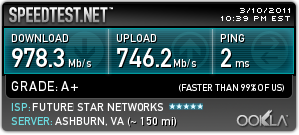Configuring UAC to Require a Password
Information
While the UAC prompts seen when using a standard account may require a password, this is not the case while using an admin account.
Once logged into the Admin account, a user can change anything only by clicking Yes on a user account control box. Some security measure. By requiring a password on each UAC prompt you can add security to your administrator account(s).
First, be sure that UAC (User Account Control) is enabled. Open the control panel, navigate to the User Accounts & Family Safety section, click on User Accounts, then click on Change User Account Control Settings. Be sure that the sliding bar is not on the lowest setting.
Now that you've confirmed that UAC is enabled, you can enhance it. Open the start menu and go to the search box. Type in Local Security Policy, now hit enter. Once this program is open, navigate to Local Policies, then Security Options. Now scroll down until you see User Account Control in the name of the policies. Once you see them, find the two that say User Account Control: Behavior of the elevation prompt for.... Right click on them and click modify. Change the values to Prompt for Credentials. Exit the program.
Attachment 66320
Now you will be greeted by a password prompt any time you do something that user account control deems a security action. This may happen more of less often depending on what level you set your UAC to. Personally, I have mine set to the top level, however that's mostly due to the fact that I download a lot of "questionable" files from many different sometimes non reputable sources. If you wish to be able to adjust Windows settings without being prompted, then the two settings below the top will do. Use the second down if you wish to have the UAC dim your desktop, use the third down if you don't.
To confirm that you're being prompted for a password, just set your UAC to the highest level and then attempt to access UAC settings again.
Attached Thumbnails









 Reply With Quote
Reply With Quote


Social Networking Bookmarks